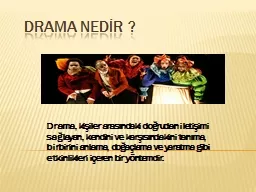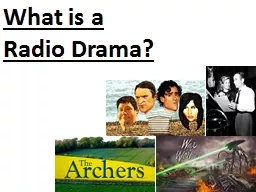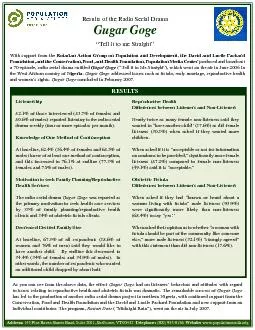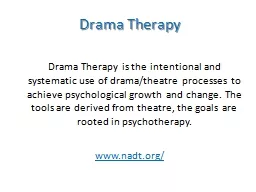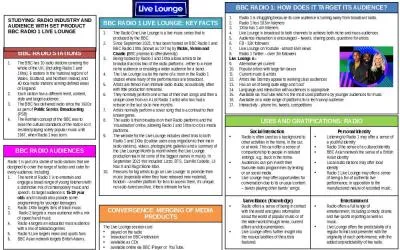PPT-Unit 42 Radio Drama
Author : yoshiko-marsland | Published Date : 2017-05-17
Lo1 Joe Hayes Codes in the use of dramatic content Words voices and speech For radio dramas words are a lot more vital for the rescoring to work and work well
Presentation Embed Code
Download Presentation
Download Presentation The PPT/PDF document "Unit 42 Radio Drama" is the property of its rightful owner. Permission is granted to download and print the materials on this website for personal, non-commercial use only, and to display it on your personal computer provided you do not modify the materials and that you retain all copyright notices contained in the materials. By downloading content from our website, you accept the terms of this agreement.
Unit 42 Radio Drama: Transcript
Download Rules Of Document
"Unit 42 Radio Drama"The content belongs to its owner. You may download and print it for personal use, without modification, and keep all copyright notices. By downloading, you agree to these terms.
Related Documents

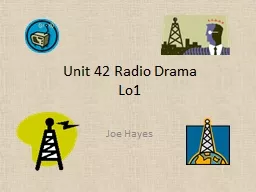
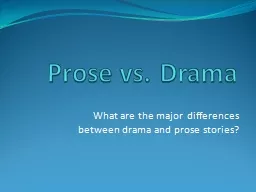
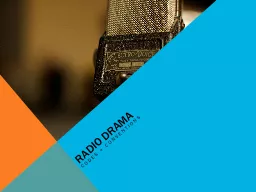
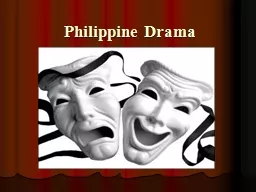

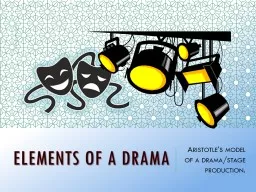
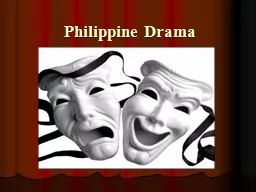
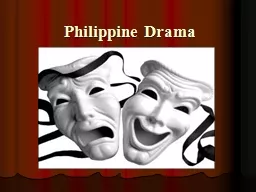
![“DRAMA” Types of Drama Tragedy: [solemn, personal, religious & Social Issues]](https://thumbs.docslides.com/762817/drama-types-of-drama-tragedy-solemn-personal-religious-amp-social-issues.jpg)
